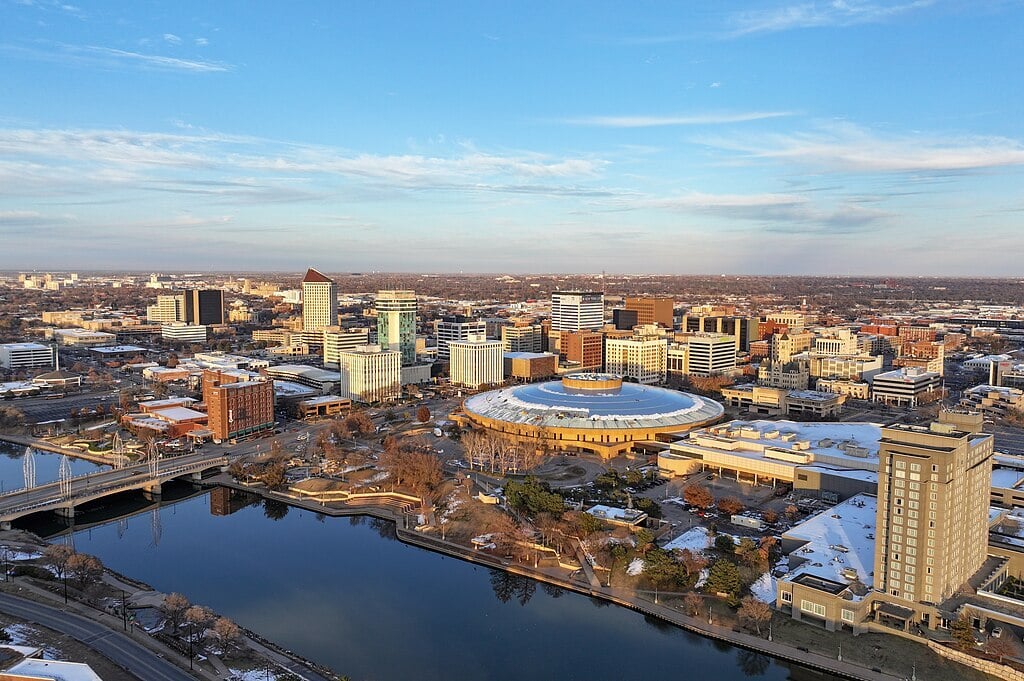.png)
Designing outdoor spaces is not just about aesthetics, it is also about solving real-world problems like urban flooding, lack of green cover, and disconnected communities. That is exactly where a landscape architect career comes in. These professionals use design and environmental science to create parks, plazas, waterfronts, and more that are both functional and sustainable.
According to the U.S. Bureau of Labor Statistics, Employment for landscape architects is expected to grow by 5% between 2023 and 2033, keeping pace with the national average for all professions. As cities prioritise green infrastructure and climate-resilient design, the demand for landscape architect jobs is steadily rising. This blog will walk you through what the job involves, which skills are in demand, and how pay varies across major U.S. cities.
What is Landscape Architecture and What Do Landscape Architects Do?
Landscape architects are creative problem-solvers who shape outdoor spaces that are both practical and visually inviting. From bustling city parks to quiet residential spaces, they bring a unique balance of design and function to every project. Their work often starts with in-depth site analysis, followed by planning layouts, choosing plants, and integrating eco-friendly elements. They manage land use, drainage, accessibility, and sustainability all in one cohesive plan.
Every decision is rooted in purpose and precision, especially when it comes to landscape architecture design, which blends natural systems with human needs. Whether it's revitalising a downtown plaza or restoring a wetland, landscape architects play a vital role in shaping spaces where people and nature can thrive together. Their impact is seen and felt daily, even if their work often goes unnoticed at first glance.

What is the Typical Landscape Architect Job Description and Responsibilities?
Landscape architects wear many hats, from creative designer to environmental planner. Their role extends beyond aesthetics as they are often responsible for how people experience and interact with outdoor spaces. Here are some key landscape architect responsibilities that define the role in today’s evolving built environment.
1. Site Research & Analysis
They examine the site’s terrain, soil, climate, and surrounding context. This research helps develop designs that respond to environmental factors and ensure long-term performance and user safety.
2. Collaboration with Other Experts
They regularly work alongside engineers, architects, and city planners to ensure design integration. Clear communication and teamwork are vital to achieving project goals efficiently and effectively.
3. Conceptual Planning
Landscape architects create early design sketches and plans that reflect client needs, site potential, and ecological impact, serving as the creative foundation for more detailed work that follows.
4. Project Documentation
A critical part of landscape architect job requirements includes preparing technical drawings, material lists, cost estimates, and reports that ensure the design can be implemented legally and accurately.
5. Sustainable Design Solutions
Designs often feature eco-friendly strategies like rain gardens, native plants, and low-impact materials to address climate challenges and reduce the environmental footprint of outdoor spaces.
Also Read: 10 Award-Winning Architecture Thesis Projects From Around The World
What are the Key Skills and Job Requirements for Landscape Architecture Jobs?
Explore some of the key skills and qualifications required for a career in landscape architecture.
1. Adaptability with Landscape Architecture Software
Being fluent in evolving landscape architecture software helps professionals meet modern project demands. Tools like GIS and BIM improve mapping, modeling, and coordination. Staying current ensures relevance in a tech-driven field.
2. Problem-Solving Skills
From dealing with site limitations to environmental regulations, every project poses challenges. Strong problem-solving helps navigate constraints without compromising vision. It is a must-have skill that all landscape architecture firms seek in a landscape architect.
3. Design Thinking
Creative insight and spatial logic are central to crafting meaningful outdoor spaces. Design thinking allows architects to balance form and function. It’s how beauty and usability come together in the real world.
4. Technical Knowledge
Strong landscape architect skills include understanding terrain, drainage, plant selection, and climate conditions. This technical grounding ensures safe and site-appropriate designs. It also helps avoid costly mistakes during execution.
5. Communication & Collaboration
Landscape architects must align ideas with input from clients, engineers, and city officials. Clear communication helps bridge design and construction. Team collaboration ensures every project stays on track.
Also Read: 8 Most Popular Building Information Modelling Software to Master

How Much is the Average Landscape Architect Salary in the USA?
The landscape architect salary can vary significantly depending on the city and local demand for design expertise. As the field grows, different regions offer unique opportunities and pay scales for landscape architecture jobs.
Understanding how salaries compare across major U.S. cities can help you make informed career decisions and find the best fit for your skills and goals. Let’s explore the average earnings you can expect in key locations nationwide.
|
US Cities |
Average Salary Per Year |
|
Chicago |
$85,701 |
|
Houston |
$79,347 |
|
New York City |
$90,944 |
|
Los Angeles |
$89,571 |
|
San Antonio |
$74,980 |
What Factors Affect Landscape Architect Salary and Job Demand?
What determines how much a landscape architect earns or how in-demand the role is? From location and experience to industry trends and tech skills, several key factors come into play.
1. Location and Cost of Living
Pay varies widely based on where you work. Cities with a higher cost of living or booming development projects usually offer better salaries for landscape architect jobs.
2. Type of Employer
Government roles may offer stability, while private firms or large design studios often provide higher pay and complex project opportunities
3. Technical Proficiency
Mastering advanced BIM tools like Revit, BIM 360, Navisworks, and sustainable design software enhances the role efficiency and precision. These technical skills are valued by employers, resulting in better job opportunities and increased salary potential.
4. Level of Experience
Professionals with several years in the field, strong portfolios, and leadership roles often earn more than recent graduates or entry-level architects.
5. Project Complexity and Scope
The landscape architect scope of work plays a major role, those working on large-scale urban or infrastructure projects are typically paid more than those handling smaller residential spaces.
Also Read: 8 BIM-related Technical and Soft Skills You Need for an Excellent BIM Career
Conclusion
A career in landscape architecture in the USA offers the chance to design purposeful, sustainable spaces, from public parks to urban greenways. As cities grow and environmental concerns rise, skilled professionals are in high demand.
To stay competitive and land roles at leading landscape architecture firms, it is crucial to adapt to evolving design practices. The Building Information Modelling for Architects course by Novatr equips you with the skills to build smart 3D models, optimize design workflows, and work seamlessly with multidisciplinary teams, capabilities that are increasingly vital in today’s architectural landscape.
By mastering BIM, you not only improve design accuracy but also boost your value in the job market. For more trends, tools, and insights to elevate your architectural career, visit Novatr’s Resource Page today.
FAQs
1. What are some common projects landscape architects work on?
Some of the common projects they work on are design parks, urban plazas, residential gardens, campuses, and green infrastructure projects.
2. What skills are needed to be a landscape architect?
To be a landscape architect, you need a mix of creative and technical abilities. Key skills include creativity, spatial awareness, and proficiency in design software and technical drawing. Besides, strong communication is also essential for teamwork and client coordination.
3. What is the average salary for a landscape architect?
The average landscape architect salary in the USA is around $79,660 per year, depending on experience and location.
Was this content helpful to you











